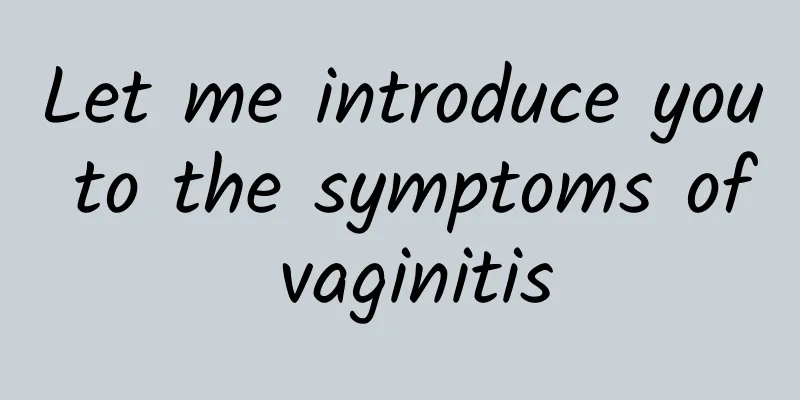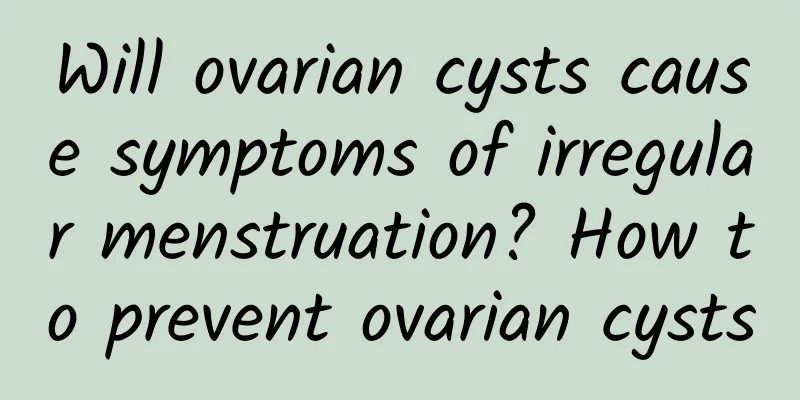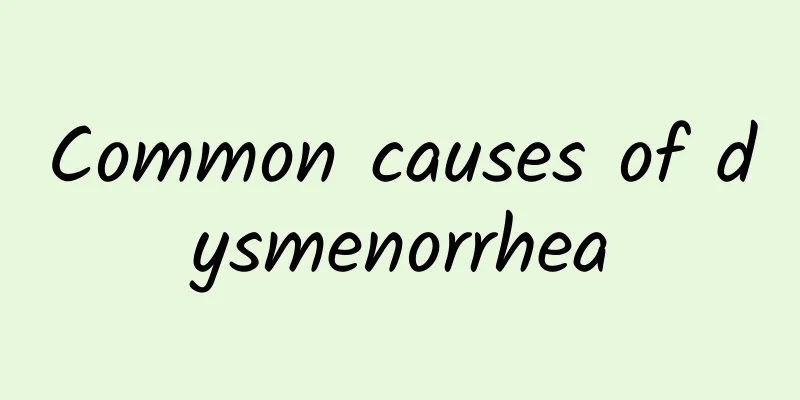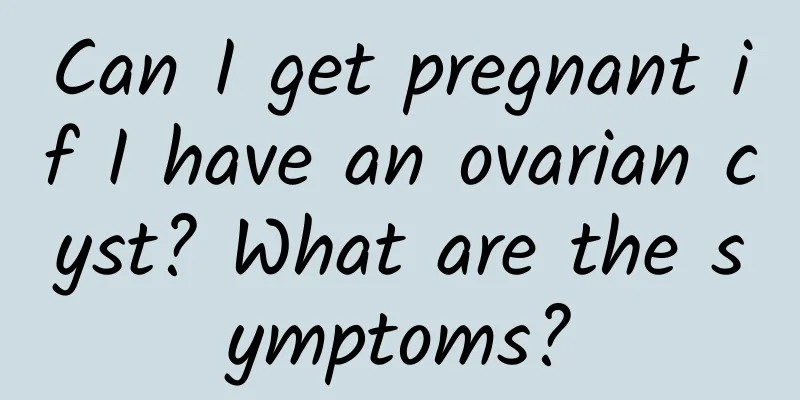Are endometritis and pelvic inflammatory disease treated the same way?

|
The treatments for endometritis and pelvic inflammatory disease are not exactly the same, because they are two different gynecological inflammations. Although some treatments may be similar, they still require personalized treatment based on the type, severity and specific cause of the disease. Generally speaking, endometritis is treated with antibiotics, while pelvic inflammatory disease may require combined treatment, including medication, lifestyle adjustments and even surgery. 1) Treatment of endometritis Endometritis is usually a bacterial infection of the endometrium. Treatment includes the following: - Antibiotic treatment: This is the most commonly used treatment method, and broad-spectrum antibiotics such as amoxicillin, cephalosporins or levofloxacin are often used. The specific medication should be selected based on the pathogen detection. -Treatment of pathological causes: If the infection is caused by residual tissue in the uterus (such as after miscarriage or delivery), a uterine curettage is required, combined with anti-inflammatory treatment. -Auxiliary treatment: Adjusting lifestyle habits and strengthening personal hygiene can also help recovery, such as keeping the vulva clean, changing underwear every day, and avoiding the use of irritating detergents. 2) Treatment of pelvic inflammatory disease Pelvic inflammatory disease is an inflammation of the pelvic area, including the uterus, fallopian tubes, and ovaries. Treatment is more comprehensive: - Combined antibiotic treatment: In case of acute pelvic inflammatory disease, cephalosporins and metronidazole, or erythromycin antibiotics are usually used in combination. The treatment time depends on the severity of the disease. -Physical therapy: Patients with chronic pelvic inflammatory disease can consider physical methods such as shortwave therapy and microwave therapy to promote blood circulation and relieve inflammation. -Surgical treatment: If the condition is severe and causes abscess or hydrosalpinx, surgical drainage or fallopian tube removal may be required. 3) The importance of distinguishing diagnosis and standardizing treatment Although both diseases are gynecological infections, their specific causes, locations and course of disease are different. Gynecological examinations, B-ultrasound, and inflammatory culture tests are needed to differentiate the diagnosis and avoid misdiagnosis and mistreatment. During treatment, the doctor's orders should be strictly followed, and medication should not be discontinued or changed at will. In addition, both partners also need to undergo necessary examinations and treatments to avoid cross infection. The treatment of endometritis and pelvic inflammatory disease cannot be generalized and requires careful identification and personalized treatment. If you experience symptoms such as persistent abdominal pain, fever, or leucorrhea with an odor, you should see a doctor as soon as possible for a clear diagnosis. |
<<: Treatment of cervical hypertrophy
>>: Can I get pregnant naturally with cervical adhesions?
Recommend
How to treat endometriosis
With the increasing incidence of endometriosis an...
Do you know what precautions for vaginitis and whether it is contagious?
Vaginitis is one of the most troubling gynecologi...
Can I get pregnant if I have uterine adnexitis?
Can you still get pregnant if you have adnexitis?...
Is it cheap to treat uterine effusion?
Is it cheap to treat uterine effusion? The medica...
Why does pelvic peritonitis occur?
Pelvic peritonitis often occurs in women who are ...
Does exercising on an empty stomach help burn fat? Does exercise have to make you sweat profusely to be effective? 4 sports myths to avoid
You finally started exercising, but are restraine...
Three major causes of pelvic peritonitis in women
Pelvic peritonitis is a common gynecological dise...
Why do I have my period for the second time in one month?
Why do I have my period for the second time in on...
What is the reason why irregular menstruation always plagues women?
Some women are very afraid of those days every mo...
What causes ectopic pregnancy?
Under what circumstances can an ectopic pregnancy...
How many days do you usually take progesterone to induce menstruation?
Progesterone is usually taken for 5 to 7 days to ...
Patients with hyperprolactinemia must use medication scientifically
Hyperprolactinemia patients must use medicine sci...
How to check for pelvic inflammatory disease?
The methods for examining pelvic inflammatory dis...
If you don’t control your eating habits during the Chinese New Year, your weight will be taken into consideration and you will have the “four highs”! Nutritionist: The principle of "four less and one more" should be adhered to
During the Chinese New Year, it is common to see ...
Nursing measures for endometrial tuberculosis
Endometrial tuberculosis is now common in many wo...









